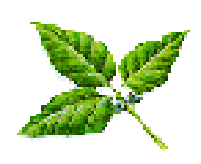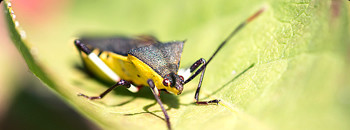Rumors are always spiraling on how to ditch the poison ivy itch. How poison ivy savvy are you? Read below and find out!
Once a poison ivy plant dies, it is no longer toxic. True or False?
False. We all know this irritating plant can cause a rash and persistent itch, but not after the plant has died, right? Wrong. Urushiol, the oil from the poison ivy plants that causes the allergic reaction, can stay active on any surface for up to five years. These surfaces could include gardening tools, clothing and dead plants. So, how do you properly dispose of these plants or avoid contact with leftover plant oils? Here are a few tips:
- Always wear gloves and handle the plants with great caution
- Dispose of the plants in tightly sealed garbage bags
- Clean all gardening tools with hot, soapy water or rubbing alcohol (or both!)
- Wash clothes in hot water to prevent the poison ivy from spreading
The infamous rhyme “Leaves of three, let them be” is not always the case. True or False?
True. If only it were that easy! While this rhyme holds true for poison ivy, it’s not always 100 percent accurate for poison oak and poison sumac. These three plants are all species of the Anacardiaceae family and contain the same rash-causing substance, urushiol. They cause relatively similar symptoms and are even treated the same on most occasions. However, with the exception of this commonality, all three differ in how you can spot them in the landscape.
Most familiar is poison ivy with its three bright green leaves and a red stem. On the other hand, poison oak, can have three to five leaves, and poison sumac comes out on top with anywhere from seven to 13 leaves on a branch. So don’t narrow your caution to only leaves of three. Keep an eye out for other poisonous plants and avoid them, if at all possible! Read more about the three poisonous weeds with experts at the National Park Service.




